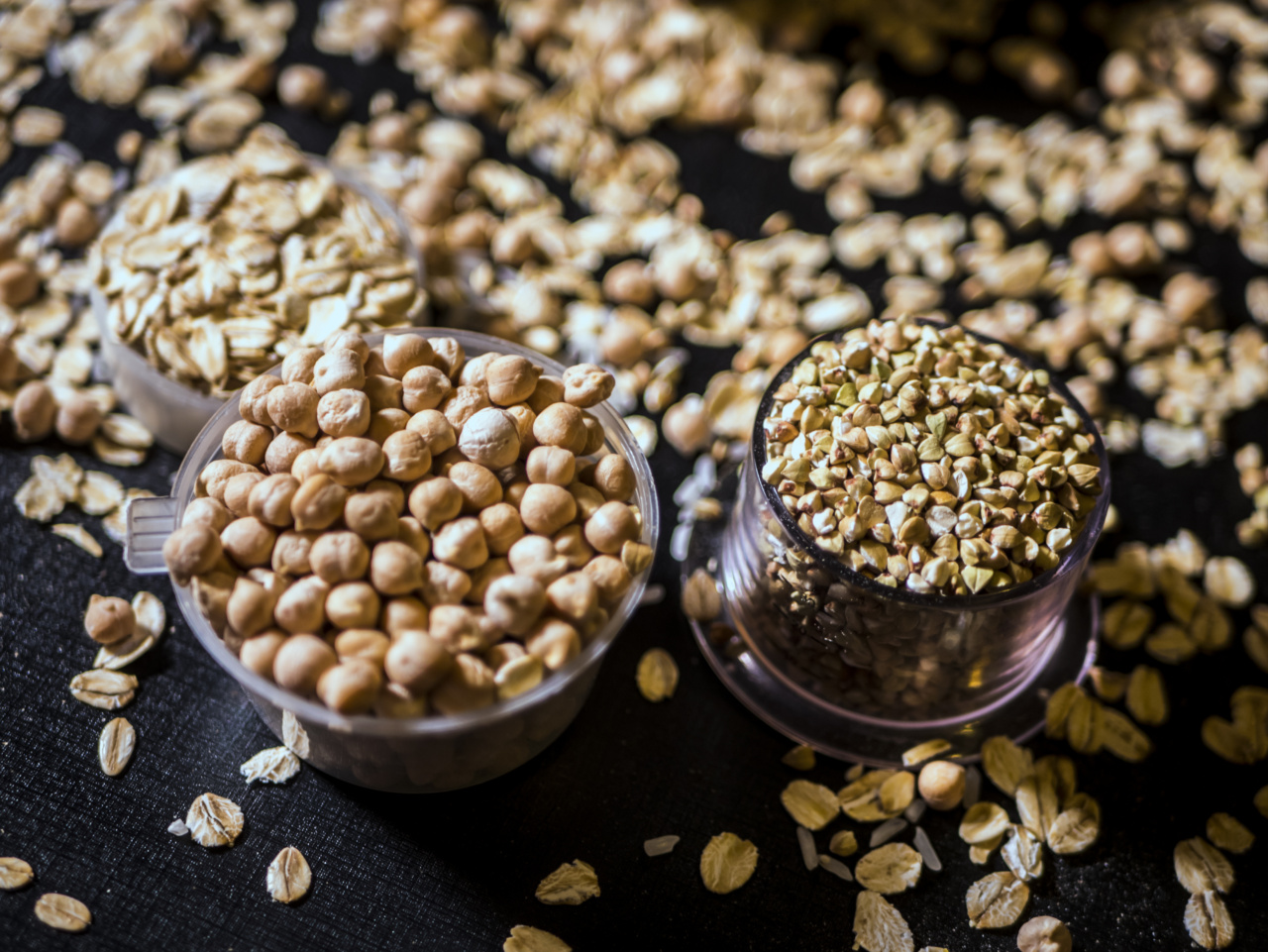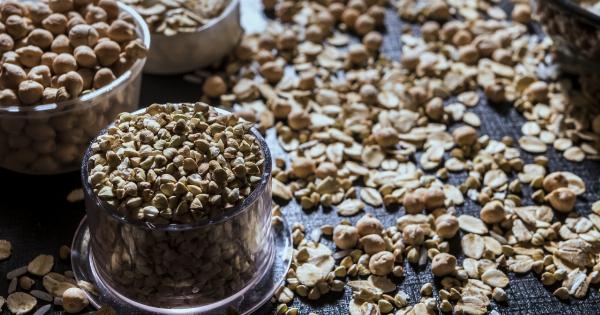Whole grains are an essential part of a healthy diet. They contain all three parts of the grain kernel: the bran, germ, and endosperm. This means they have more fiber, vitamins, and minerals compared to refined grains, which only contain the endosperm.
Whole grains come in many different forms, such as bread, cereal, pasta, and rice. However, it can be confusing to identify whole grain products among the numerous options available in the market.
This guide aims to help you easily identify whole grains and make informed choices for a nutritious diet.
1. Check the Ingredient List
The first step in identifying whole grains is to check the ingredient list.
Look for the word “whole” before the grain name, such as “whole wheat,” “whole oats,” or “whole grain brown rice.” If the word “whole” is not specified, it typically means that the product is made from refined grains.
It’s important to note that products labeled as “multigrain,” “stone-ground,” or “100% wheat” are not necessarily whole grain.
These terms can be misleading, as they do not guarantee that the entire grain is used.
2. Look for the Whole Grain Stamp
The Whole Grain Stamp is a helpful tool for identifying whole grain products. It is a logo in the shape of a grain kernel and can be found on the packaging of certified whole grain products. There are two different versions of the stamp:.
100% Whole Grain: This stamp indicates that all the grain ingredients in the product are whole grains.
Basic Whole Grain: This stamp signifies that the product contains at least 8 grams (half a serving) of whole grains but may also include refined grains.
These stamps provide a quick and easy way to identify whole grain products, especially if you are short on time or the ingredient list is not readily available.
3. Look for Key Words on Food Labels
Food labels can provide valuable information about the grain content of a product. While the term “whole” is the most important, there are other keywords to look for:.
Brown Rice: Brown rice is a whole grain, while white rice is a refined grain. Choosing brown rice is an excellent way to incorporate more whole grains into your diet.
Whole Wheat: Look for products made with whole wheat flour or whole wheat as the primary ingredient. This applies to bread, pasta, and other wheat-based products.
Whole Oats: Rolled oats and steel-cut oats are whole grains, while instant oats are often more processed. Choosing whole oats ensures you are getting the most nutritional benefits.
Corn: Corn is a whole grain, but some products may be made from refined cornmeal. Look for the word “whole” before corn or cornmeal to ensure it is a whole grain product.
4. Pay Attention to Color and Texture
When identifying whole grains, color and texture can give you some clues. Whole grains tend to have a denser and chewier texture compared to refined grains. They also have a more distinct color, often darker and more pronounced. For example:.
Whole Grain Bread: Whole grain bread is darker and grainier compared to white bread.
Whole Wheat Pasta: Whole wheat pasta has a darker color and a slightly nutty flavor compared to traditional pasta.
Brown Rice: Brown rice has a rich brown color, and each grain is intact, while white rice is lighter and tends to be more fluffy.
By paying attention to color and texture, you can identify whole grain products more easily.
5. Don’t Be Fooled by Colorful Packaging
Some packaged food products use colorful packaging to give the impression of being healthy and whole grain. However, the packaging alone is not a reliable indicator.
Always check the ingredient list and look for the word “whole” as discussed earlier.
6. Avoid Added Sugars
When buying whole grain products, it is essential to be cautious about added sugars. Some products may contain whole grains but also have high amounts of added sugars, which can negate their health benefits.
Checking the nutrition label for the sugar content can help you make a more informed choice.
7. Experiment with Different Grains
Whole grains offer a variety of flavors and textures. While wheat is the most common whole grain, there is a whole world of other grains to explore. Plan your meals and try incorporating different whole grains such as quinoa, barley, farro, or amaranth.
This not only diversifies your diet but also introduces you to new flavors and nutritional profiles.
8. Opt for Homemade Choices
Making your own whole grain products is an excellent way to ensure their quality and nutritional value. When you bake bread or cook meals from scratch, you have control over the ingredients, including the grains used.
This way, you can be confident that you are consuming whole grains without any added refined grains or unnecessary additives.
9. Visit Farmers Markets and Bulk Food Sections
Farmers markets and bulk food sections in grocery stores often offer a wider variety of whole grain products. These sections typically provide whole grains in their natural, unprocessed forms, allowing you to cook them yourself.
It’s a great opportunity to explore less common grains and discover new favorites to incorporate into your meals.
10. Seek Nutritional Advice
If you are struggling to identify whole grain products or have specific dietary requirements, consult a nutritionist or dietitian. They can provide guidance tailored to your needs and help you navigate the complexities of whole grains.
Remember, incorporating more whole grains into your diet is a step towards improving your overall health and enjoying the countless benefits they offer.
By following these tips and using the tools mentioned, you can easily identify whole grain products and make better choices for a more nutritious lifestyle.



























